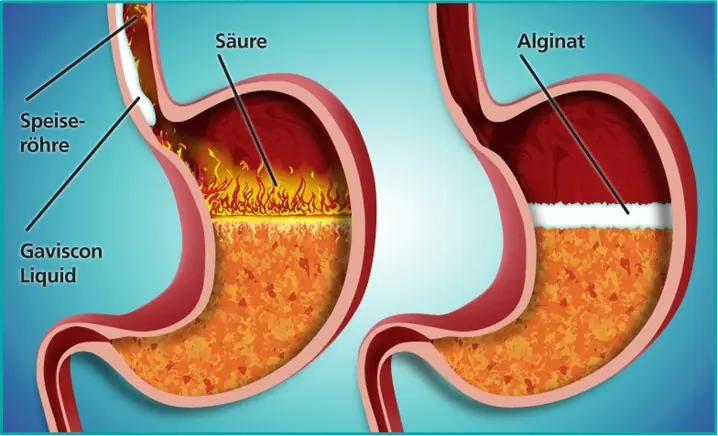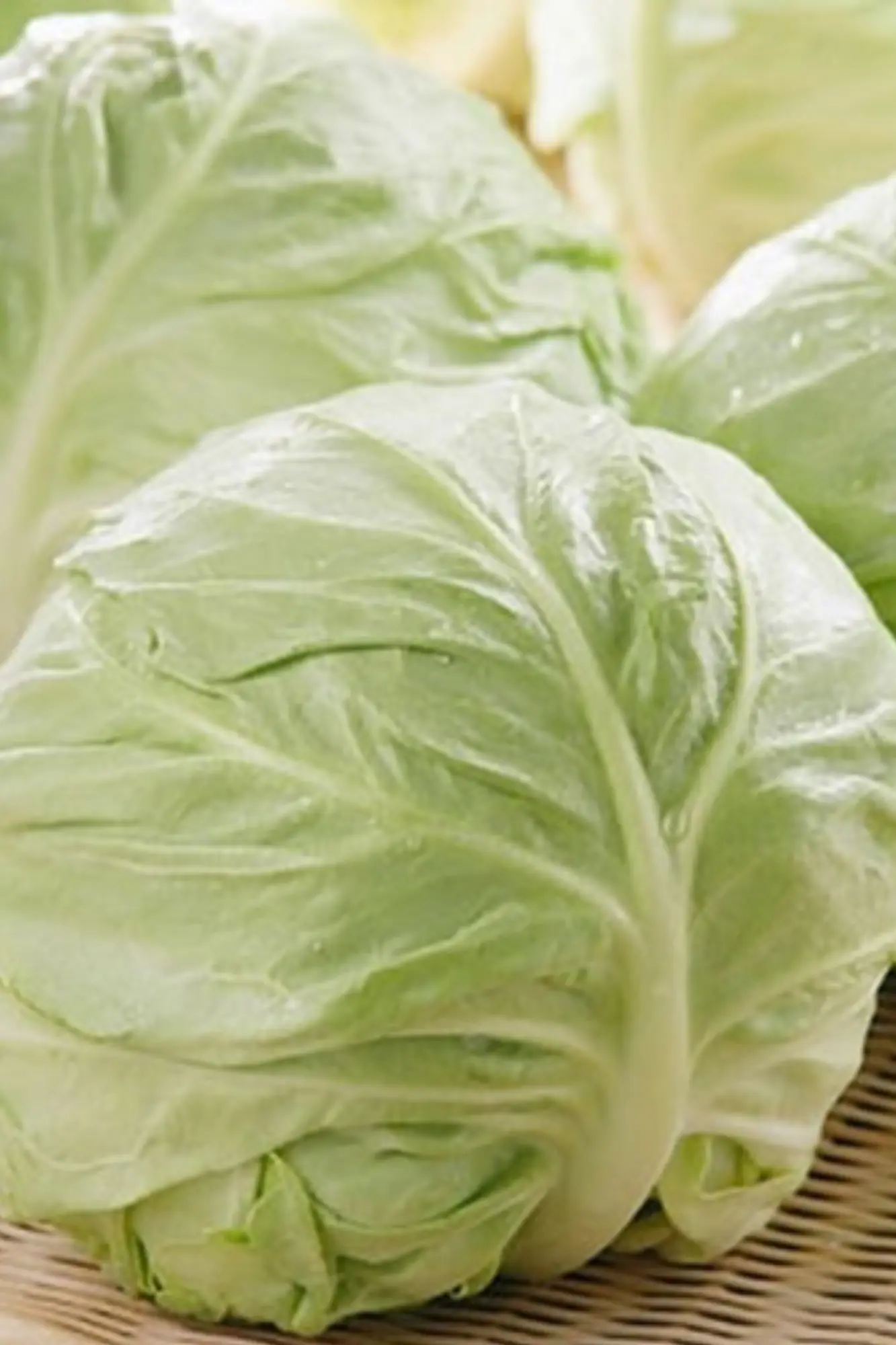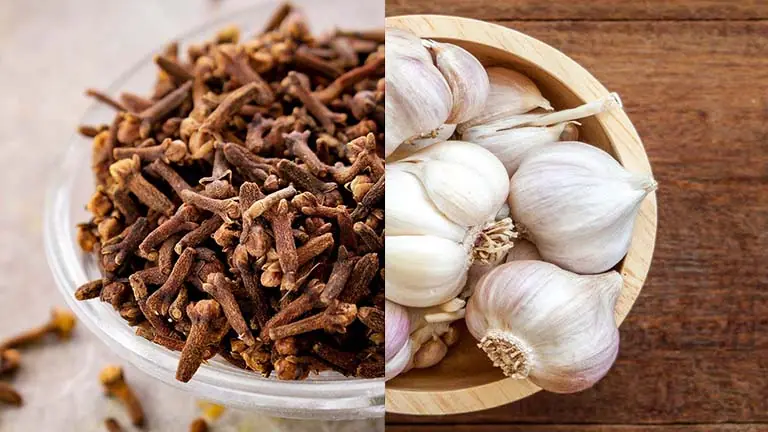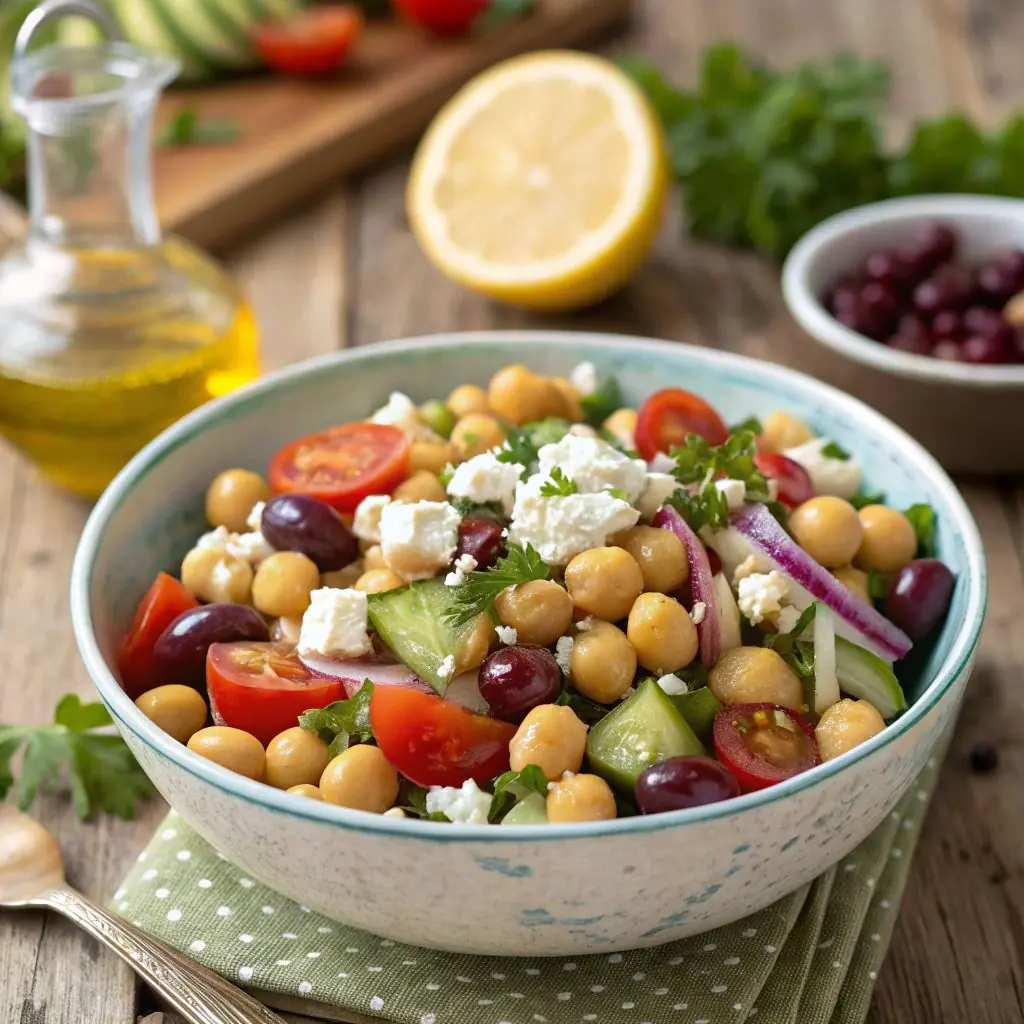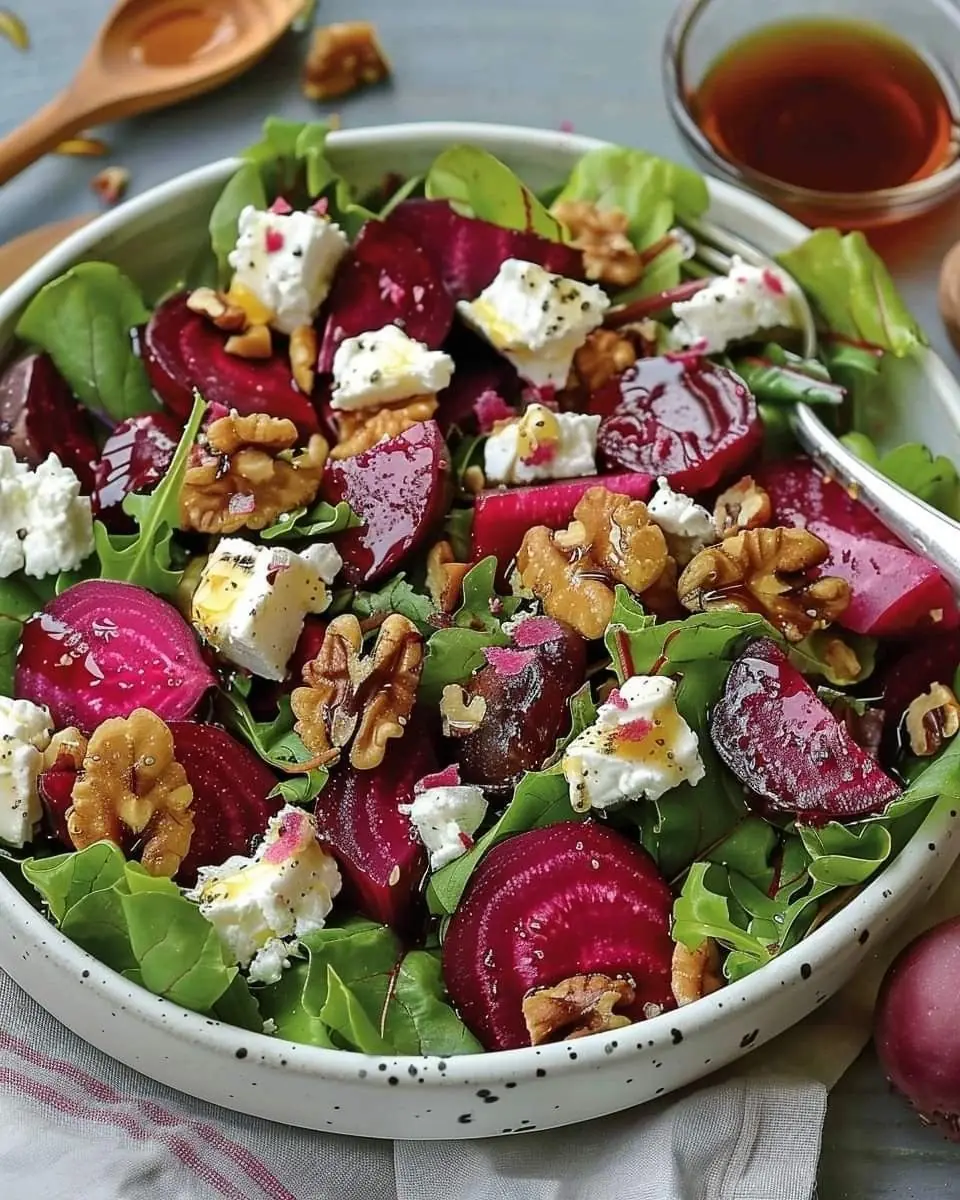Too Lazy? These 4 Types of Vegetables Must Be Blanched — Or Your Kid.neys and Li.ver May Suffer
Skipping this simple step could mean you're unknowingly opening the door to serious health issues — from kid.ney stones to liv.er toxi.city and digestive problems.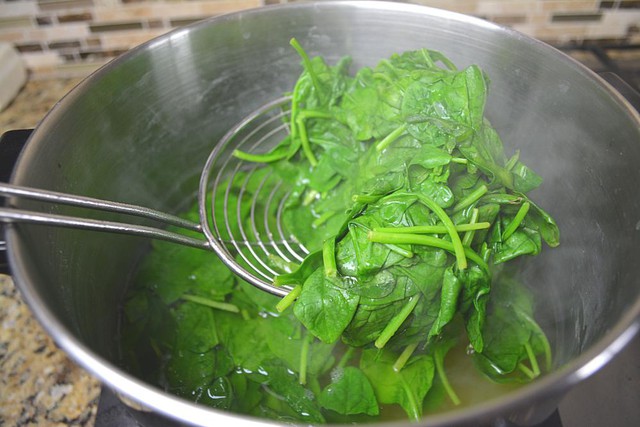
Vegetables are a vital part of any healthy diet, rich in vitamins and minerals. However, eating them the wrong way can actually do more harm than good. Some vegetables contain natural compounds that, if not properly prepared, may burden your liver, kidneys, and digestive system.
Luckily, there's a simple solution: blanching. Just boiling the veggies briefly in hot water can neutralize many of these harmful compounds. Here are 4 types of vegetables you should always blanch before eating or cooking:
1. Vegetables High in Oxalic Acid
Vegetables like amaranth, water spinach (morning glory), spinach, celery, and bitter melon are rich in oxalic acid. When consumed, oxalic acid binds with minerals like calcium and iron, forming insoluble calcium oxalate crystals — a primary cause of kidney stones. Over time, this can strain the kidneys and even lead to kidney failure, especially in those with preexisting kidney conditions.
Blanching helps reduce the oxalic acid content significantly. Studies show the longer you blanch, the more oxalate is removed. Skipping this step forces your kidneys to work harder to eliminate these compounds, increasing the risk of kidney problems.
2. Vegetables That May Contain Nitrites
Certain vegetables, especially bean sprouts and mustard greens, can contain nitrites. These compounds can convert into nitrosamines in the acidic environment of your stomach — substances known to be potent carcinogens, especially linked to stomach and colorectal cancer.
Blanching can reduce nitrite levels dramatically — by up to 87% in bean sprouts, according to experiments. If not removed, these compounds not only raise cancer risks but can also damage your liver, especially in people with compromised liver function.
3. Vegetables Containing Saponins
Saponins, found in legumes like mung beans, lentils, and green peas, have strong bioactivity. While they may have medicinal uses, raw or improperly cooked saponins can irritate the digestive tract, causing bloating, diarrhea, nausea, or worse — red blood cell damage, anemia, and jaundice.
Blanching breaks down these toxins under high heat, preventing buildup in the body and reducing strain on the liver. If not removed, saponins can contribute to fatty liver disease and liver fibrosis, especially in those with weakened liver function.
4. Vegetables Prone to Parasites and Bacteria
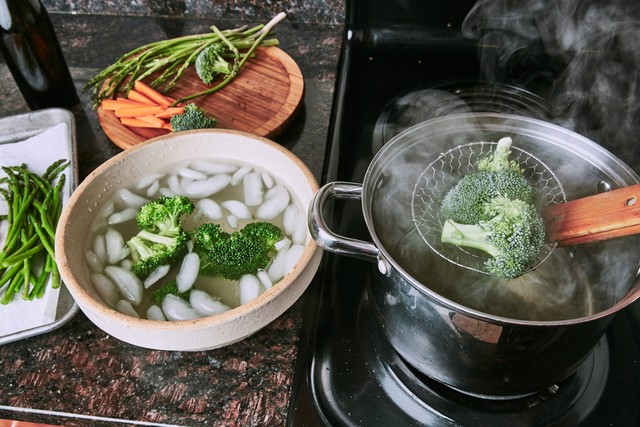
Vegetables like cauliflower, water spinach, watercress, and lotus root often grow in damp, contaminated environments and can harbor harmful bacteria and parasites like Listeria, Salmonella, or Campylobacter. These can lead to food poisoning, digestive disorders, or even intestinal infections.
Blanching is one of the most effective ways to kill these pathogens. If not properly blanched, these harmful organisms can enter your body, increasing the toxic load on your liver and damaging your kidneys during detoxification.
Bottom Line:
No matter how busy you are, don’t skip blanching these vegetables. A few minutes of prep can help prevent serious health issues and keep your liver, kidneys, and digestion running smoothly.


